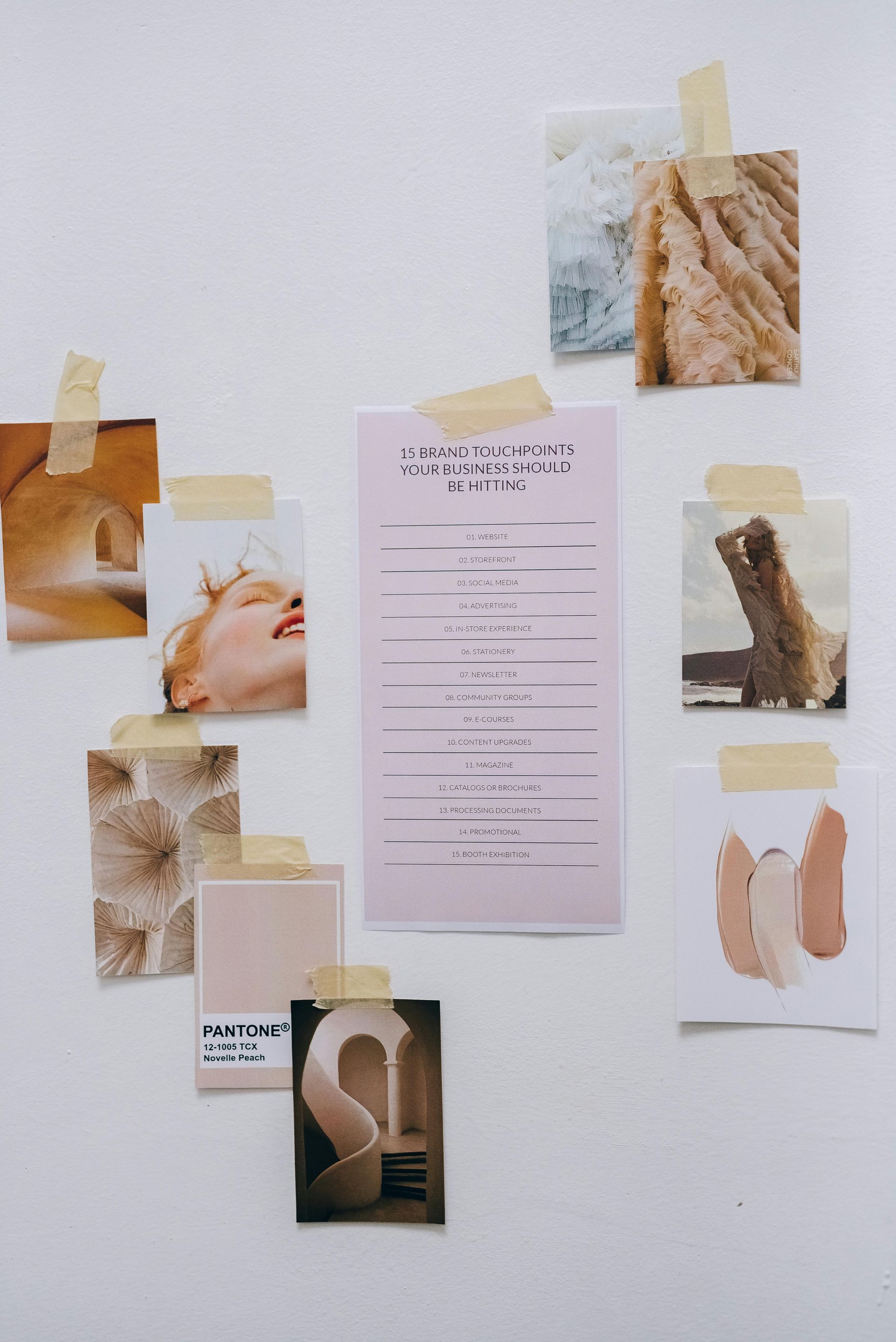Minimalist design has become a dominant trend in everything from websites to home interiors to branding. It’s celebrated for its clean lines, simplicity, and focus on functionality. But as minimalism saturates industries, a critical question emerges: is this pursuit of “less is more” stifling creativity?
Minimalism isn’t inherently bad—it has undeniable strengths. But when minimalism becomes the default approach, creativity can take a backseat, leading to designs that are repetitive, uninspiring, and, ironically, forgettable. Let’s unpack the untold truths about minimalist design and explore how it can coexist with creativity.

The Allure of Minimalist Design
Minimalism’s popularity stems from its many benefits:
- Clarity and Focus Minimalism eliminates unnecessary elements, drawing attention to the most important aspects of a design. This clarity resonates with audiences who value functionality and ease of use.
- Example: Apple’s website is a masterclass in minimalist design. By focusing on white space and concise messaging, it effectively highlights its products without overwhelming the viewer.
- Modern Aesthetic Minimalist design often feels fresh, sleek, and contemporary. It appeals to a wide audience by creating an air of sophistication.
- Ease of Navigation In web design, minimalism reduces cognitive load. Fewer distractions make it easier for users to navigate interfaces and find what they need.
- Timelessness Unlike trendier styles, minimalist designs tend to age well. Their simplicity ensures they don’t become dated quickly.
The Downside: Where Minimalism Falls Short
While minimalist design has clear strengths, it’s not without its flaws. When overused or poorly executed, it can stifle creativity and lead to lackluster results.
1. Homogenization
One of the biggest criticisms of minimalism is that it has made everything look the same. Visit a few modern websites, and you’ll notice a recurring pattern: oversized hero images, sparse navigation bars, and white backgrounds.
The Problem: This sameness makes it difficult for brands to stand out. Creativity, which often involves pushing boundaries and breaking norms, is sacrificed for the sake of a clean aesthetic.
2. Lack of Emotional Resonance
Minimalism’s simplicity can sometimes strip away personality. By removing decorative elements or visual storytelling, designs can feel sterile and fail to connect emotionally with their audience.
Example: A minimalist ad campaign for a travel company might showcase serene landscapes and minimal text but fail to evoke the excitement or adventure that inspires people to book trips.
3. Misinterpretation of “Minimalism”
Many designers equate minimalism with “emptiness.” In reality, minimalism is about intentionality—every element serves a purpose. However, when misunderstood, it results in designs that feel incomplete or lazy.
4. Overuse Across Industries
Minimalism’s dominance has led to oversaturation. When everything is minimalist, the uniqueness that once defined the style diminishes.
Balancing Minimalism with Creativity
Minimalism doesn’t have to kill creativity. In fact, when used thoughtfully, it can enhance creative expression. Here’s how:
1. Embrace Unique Elements
Even within a minimalist framework, there’s room for creativity. Adding unexpected elements—such as bold typography, vibrant colors, or custom illustrations—can make designs stand out without compromising simplicity.
Example: Spotify’s app design is minimalist but incorporates bold, playful graphics and dynamic color schemes that reflect the brand’s energy.
2. Focus on Storytelling
Minimalism can be a tool for storytelling. By removing distractions, it allows the story to take center stage.
Example: Airbnb’s website uses minimalism to highlight user-generated stories and stunning travel photography, creating an emotional connection.
3. Experiment with Mixed Styles
Combining minimalism with other design styles can result in fresh, innovative outcomes. For instance, blending minimalism with elements of maximalism—such as ornate details or layered textures—can create a unique visual identity.
4. Prioritize Functionality and Form
Creativity often thrives when form meets function. Minimalism doesn’t mean sacrificing usability—it means enhancing it in ways that feel intuitive and seamless.
Case Study: Minimalism Done Right
The Success of Google’s Homepage
Google’s homepage is a prime example of minimalist design done right. With a single search bar at its core, the design prioritizes functionality and clarity. But it’s not devoid of creativity—the Google Doodles inject personality and playfulness into the interface, balancing simplicity with surprise.
The Failure of Over-Simplification
On the flip side, some companies strip down their designs to the point where they lose usability. For example, early minimalist e-commerce websites often hid navigation options to maintain a clean look, frustrating users and increasing bounce rates.
The Role of Designers in Reclaiming Creativity
Designers play a crucial role in ensuring that minimalism enhances rather than stifles creativity. Here’s how:
1. Start with Purpose
Before removing elements, ask, “What purpose does this serve?” Minimalism should be about intention, not arbitrary reduction.
2. Collaborate Across Teams
Working with marketing, branding, and product teams can ensure that minimalism aligns with broader goals while leaving room for creative input.
3. Iterate and Test
Creativity often emerges through iteration. Testing different approaches helps strike the right balance between simplicity and innovation.
4. Educate Stakeholders
Clients and stakeholders may equate minimalism with a lack of effort. Educating them on the thought process behind minimalist design can help manage expectations and foster collaboration.
Final Thoughts: The Future of Minimalist Design
Minimalist design isn’t going away, nor should it. Its ability to create clarity, focus, and elegance has cemented its place in the design world. However, as it continues to dominate, it’s essential to question how it’s used and ensure it doesn’t stifle creativity.
The future of design lies in finding harmony between simplicity and bold expression. By embracing minimalism as a tool—not a rule—designers can create work that is both functional and unforgettable.
Takeaway: Minimalism doesn’t have to mean sacrificing creativity. With thoughtful execution, it can amplify bold ideas and create lasting impact.
#MinimalistDesign #CreativityInDesign #DesignTrends #Innovation



All rights reserved © 2004-2024 Proshark • Privacy Policy • Messaging Policy • Terms of Service • Advertising TOU




